
Based in Treorchy, in the Rhondda Valley, RCT. Peter Fennell is your local specialist when it comes to providing windows, doors and conservatories in Rhondda Cynon Taff and the surrounding areas including, Bridgend, Merthyr Tydfil & Cardiff. We also supply and fit our products throughout South Wales. Our enviable reputation for quality has been built over a period of 30 years with hundreds of satisfied customers throughout the local area. Peter Fennell are a registered installer of the trade organisation, Installation Assured, and are also able to offer insurance backed guarantees through the Certass Glazing Scheme on all products including full conservatories. Our friendly team are happy to advise and help all our customers in any way we can! All our fitters at Peter Fennell UPVC Specialists carry the Certass MTC Cards.
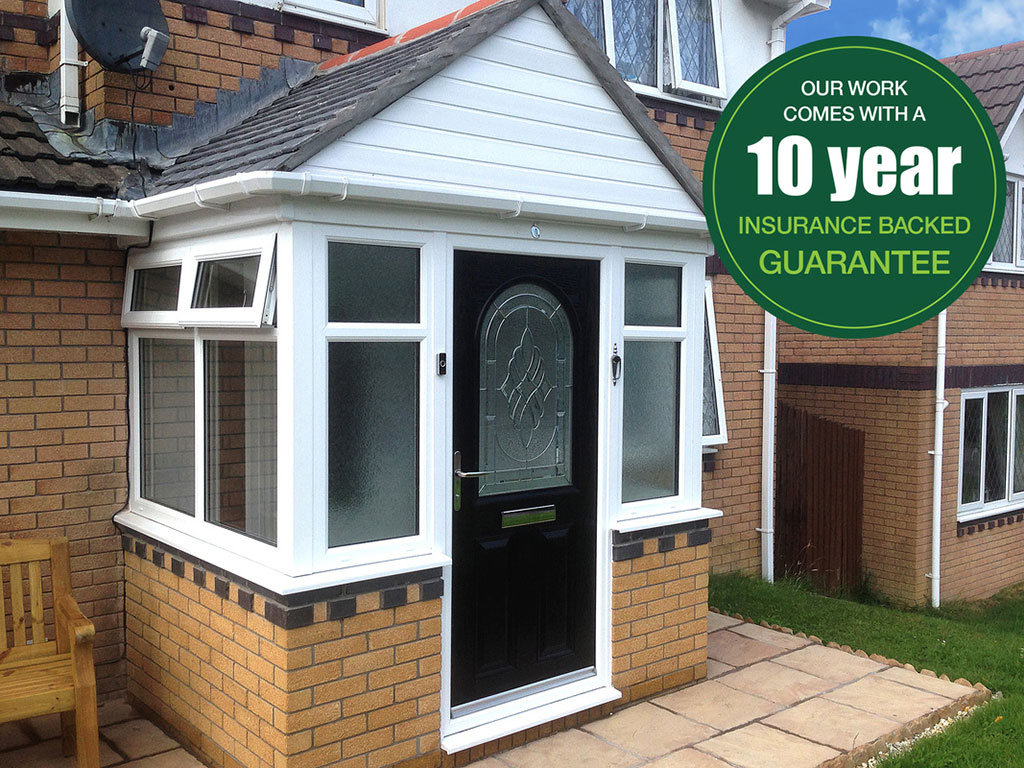
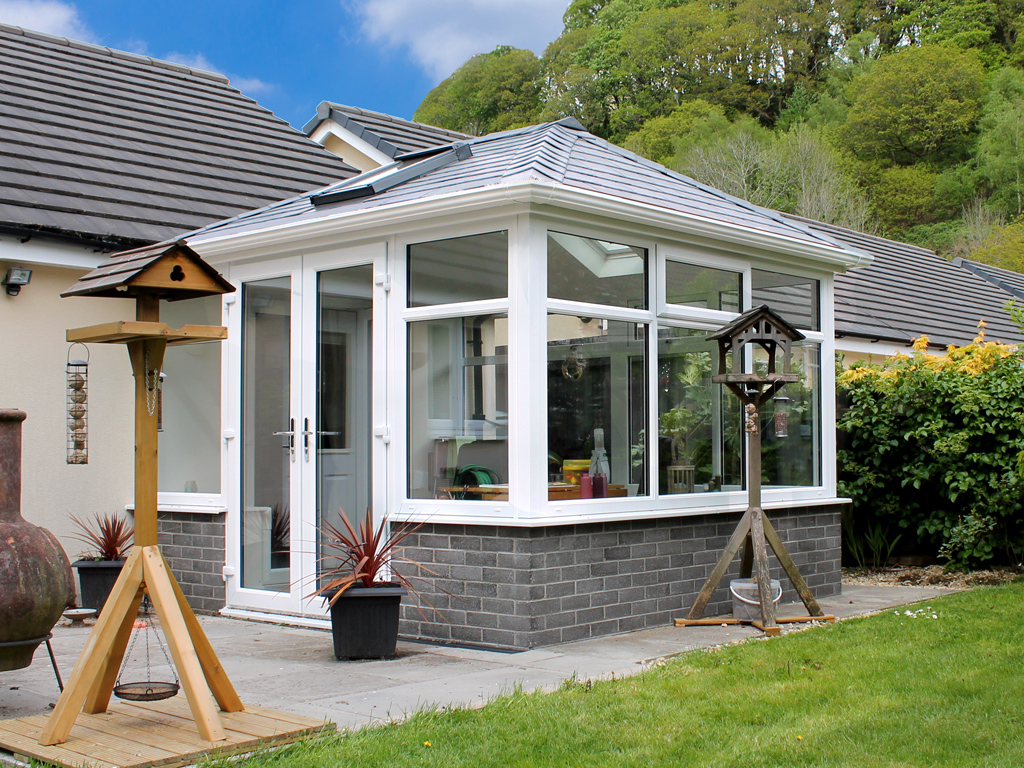
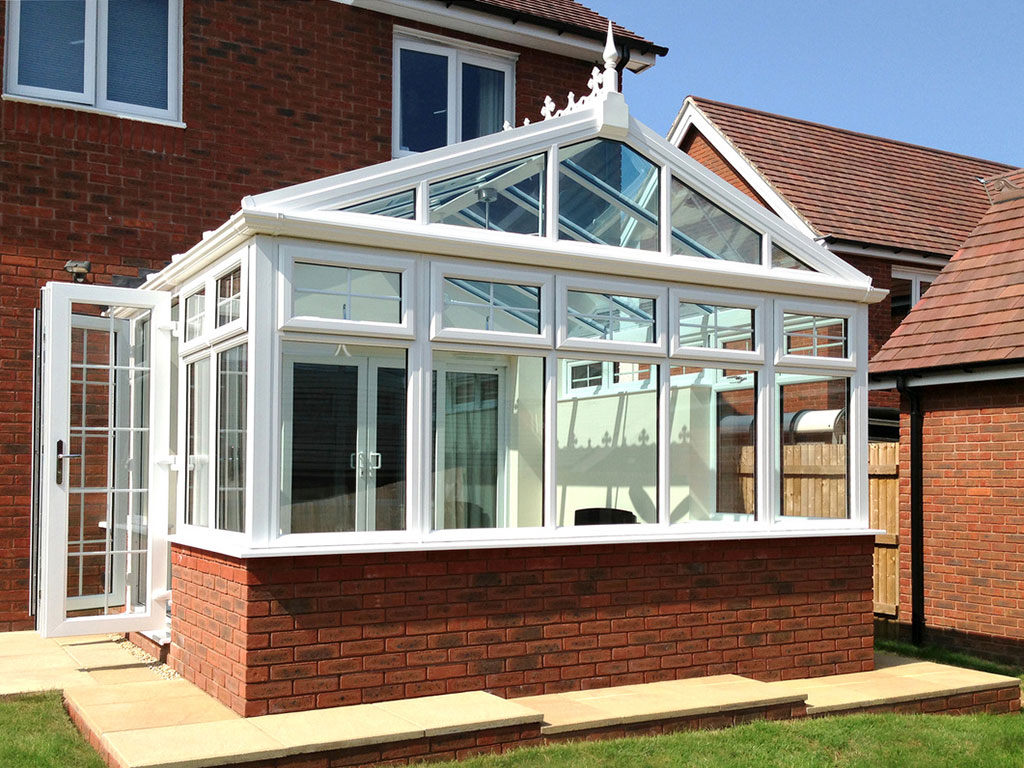
Choosing the right windows and doors when you are updating your home is key. Finding the correct doors for your property is particularly important when you are looking to improve security at your home. We are a UPVC specialist and that’s why we offer a wide range of styles to enable you to pick what’s right for you and your home. Windows, Doors or Conservatories from our team can be the finishing touch for your home, and you can rely on our products to make a durable addition to your property.

COMPLIMENT YOUR HOME WITH OUR RANGE OF STUNNING WINDOWS
COMPLIMENT YOUR HOME WITH OUR RANGE OF STUNNING WINDOWS
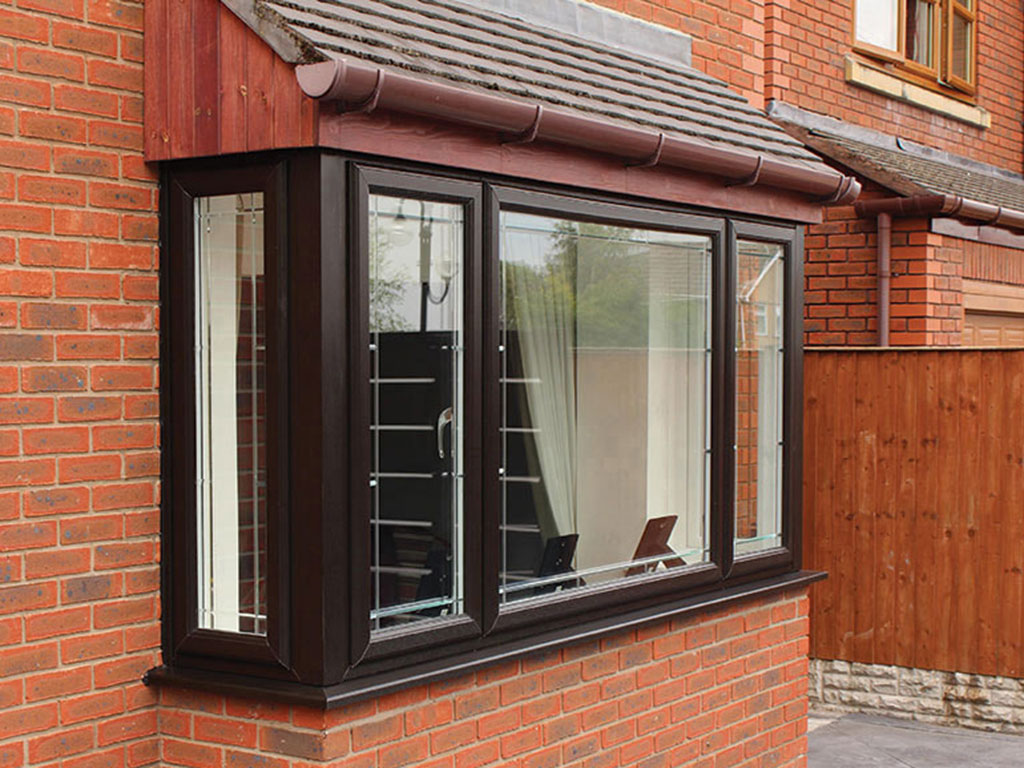
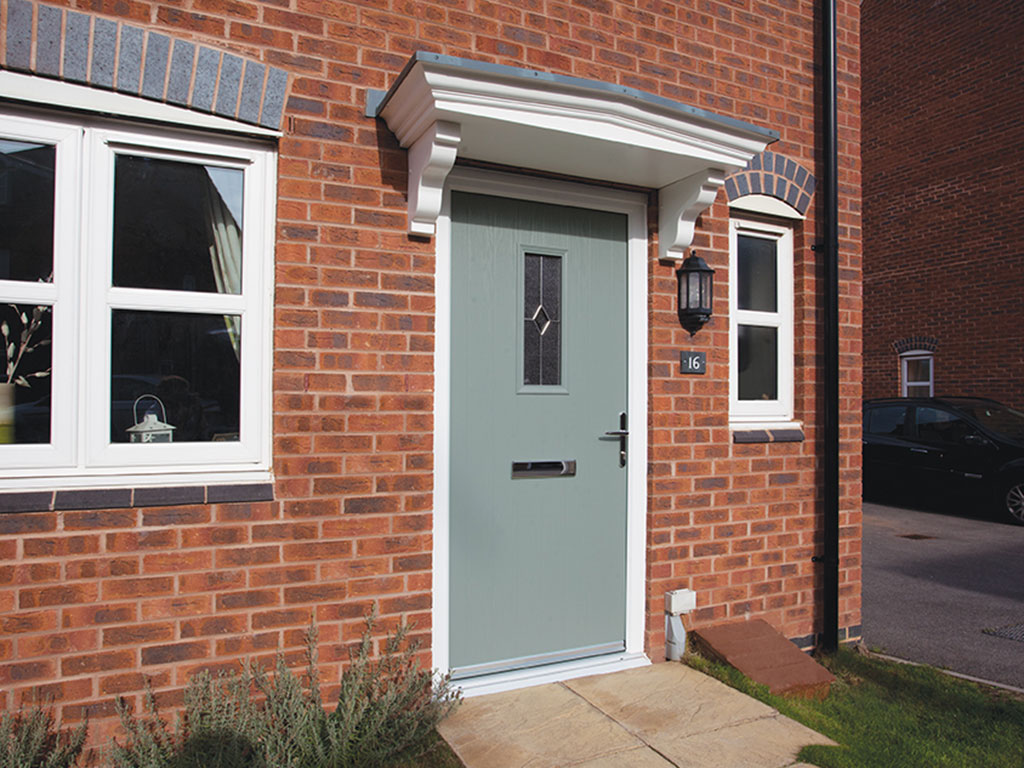
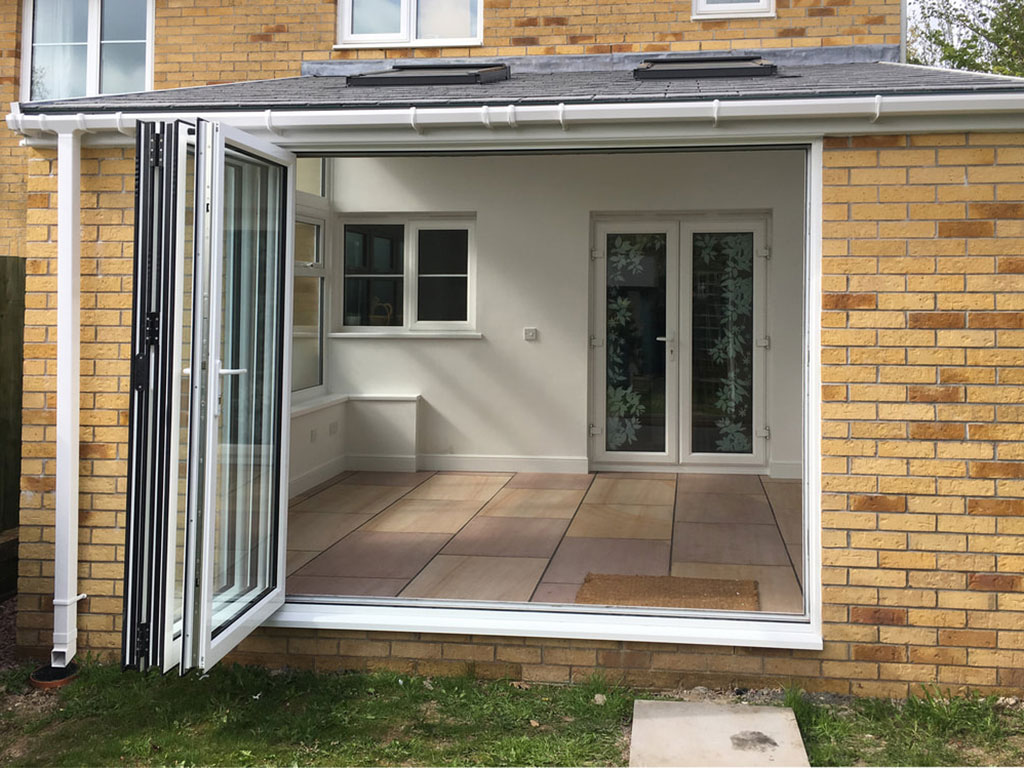
OVER 30 YEARS EXPERIENCE IN THE IN BUSINESS!

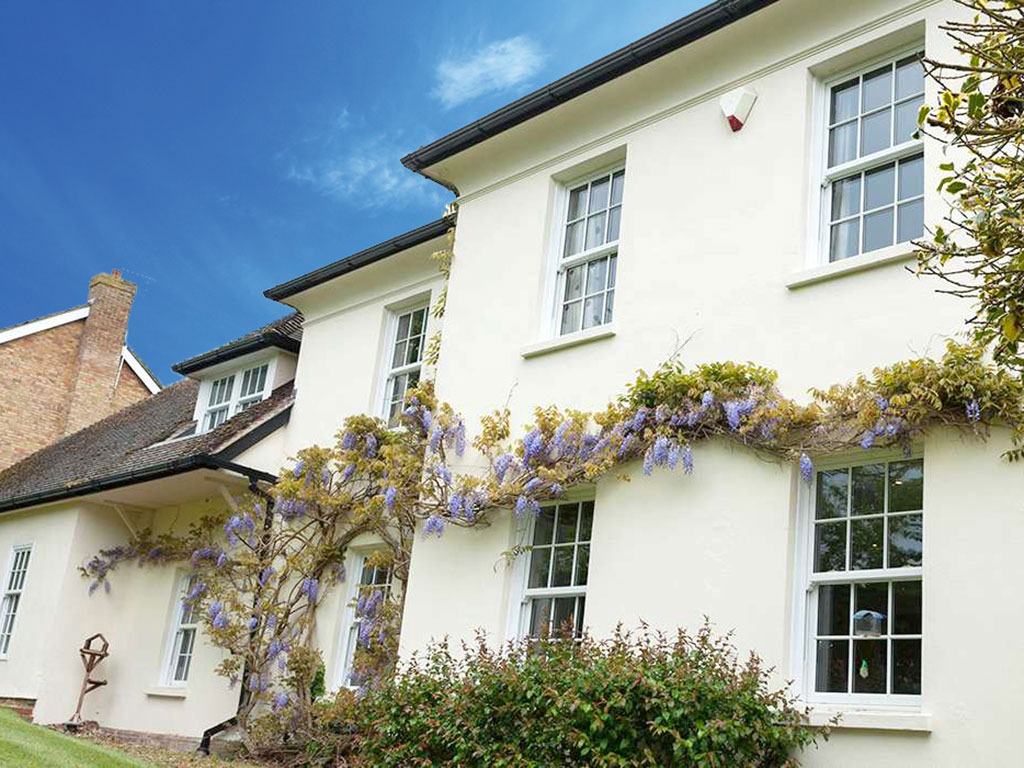
WINDOWS
See our wide selection of windows, with colour and style options to choose from.

DOORS
See our wide selection of doors, with many different styles and options to suit your property
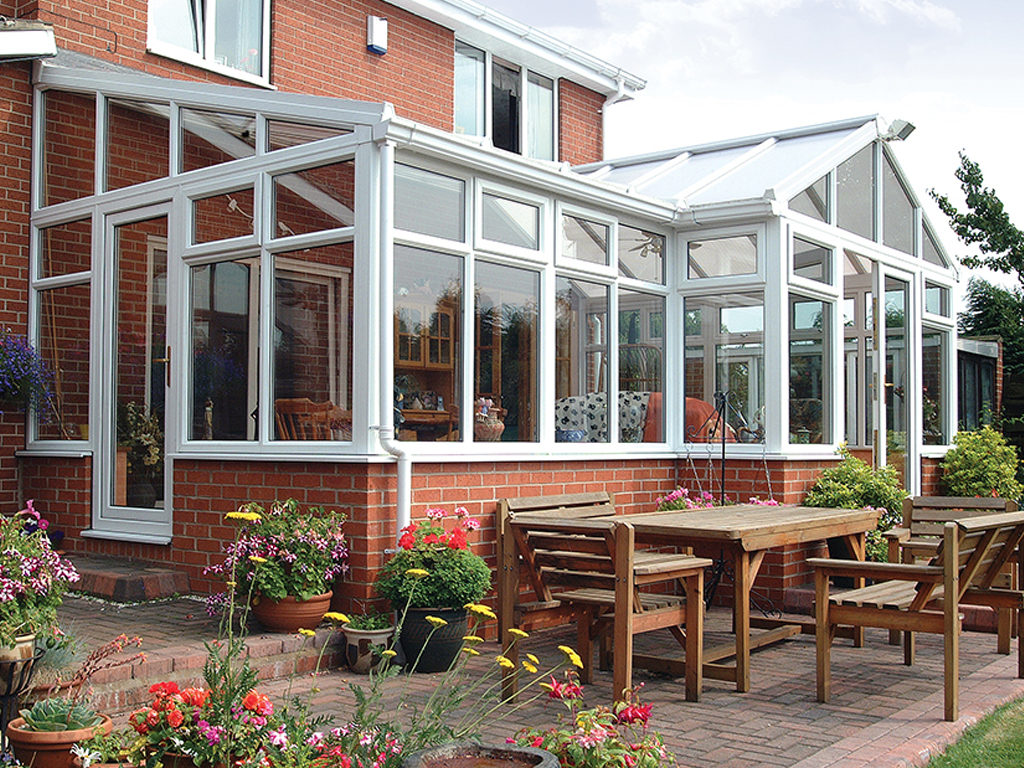
CONSERVATORIES
Expand your living space with our stunning range of conservatories, with many styles to suit your property
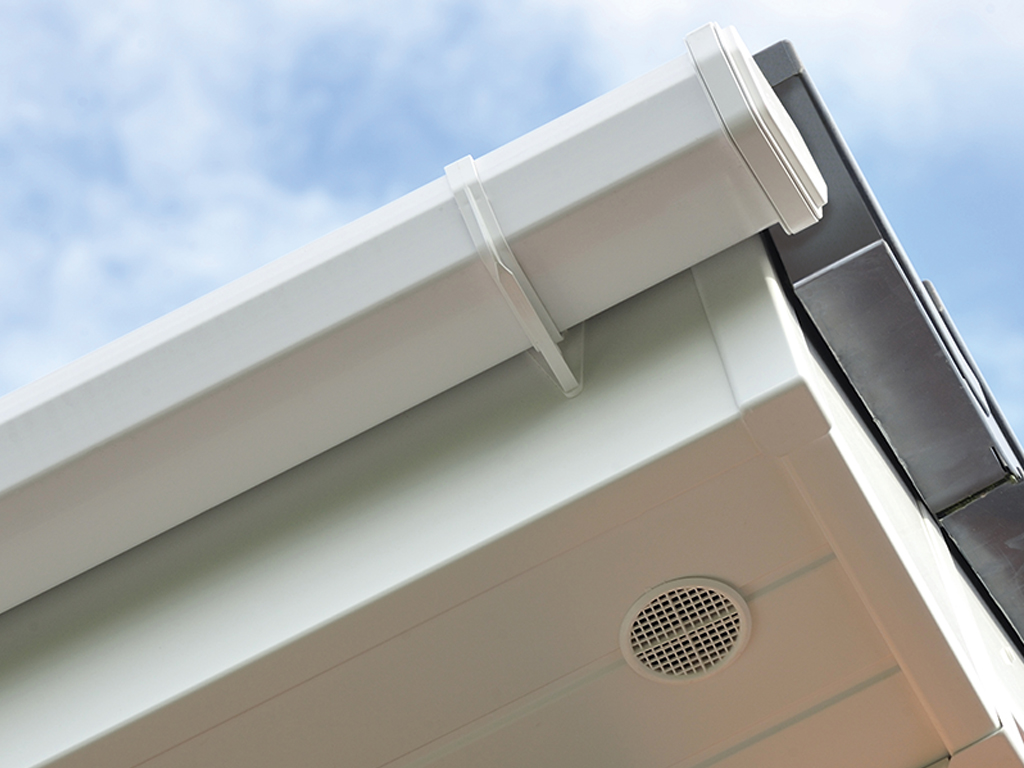
FACIAS & GUTTERING
Protecting your home using our products means you don’t have to compromise on style.
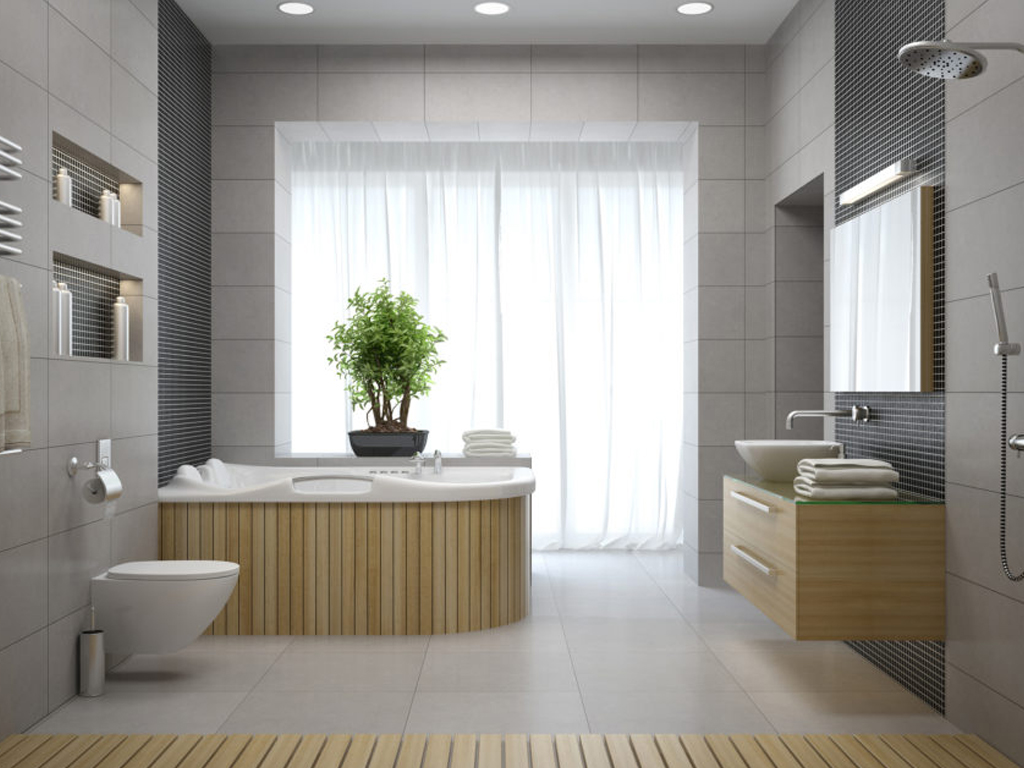
CLADDING
Internal Decorative Wall & Ceiling Panels for your bathroom or kitchen, perfect to help enhance your home.
Great service good quality windows. Not cheap but you get what you pay for. Had six windows two doors fitted about 4 years ago still look like new and the house is quieter and warmer. Want last two done phone Peter came up measured up at my convience couple of days later. Fitting in about three weeks. Can't fault them.
Walter Kemp
Excellent installation service with helpful, friendly staff. Best price and best quality windows and doors compared with all other competitors and recommended by more friends, relatives and customers when compared with others available.
John Denton
They fitted UPVC replacement windows for us. They dod an excellent job. They turned up on time, and were very professional, clean & concientious. We asked them to come back and adjust a hinge so we could open a window better for cleaning, and they came back the same day.
Customer - Which Trusted Trader
Allyson Walker Williams
Ray Edwards
Just installed windows and doors for my daughter. Absolutely superb. Top quality products and outstanding installation. Cleaned all the mess as they went along. Thank you all for a first class job you should all be proud of yourselves. I would highly recommend this company to anyone.
